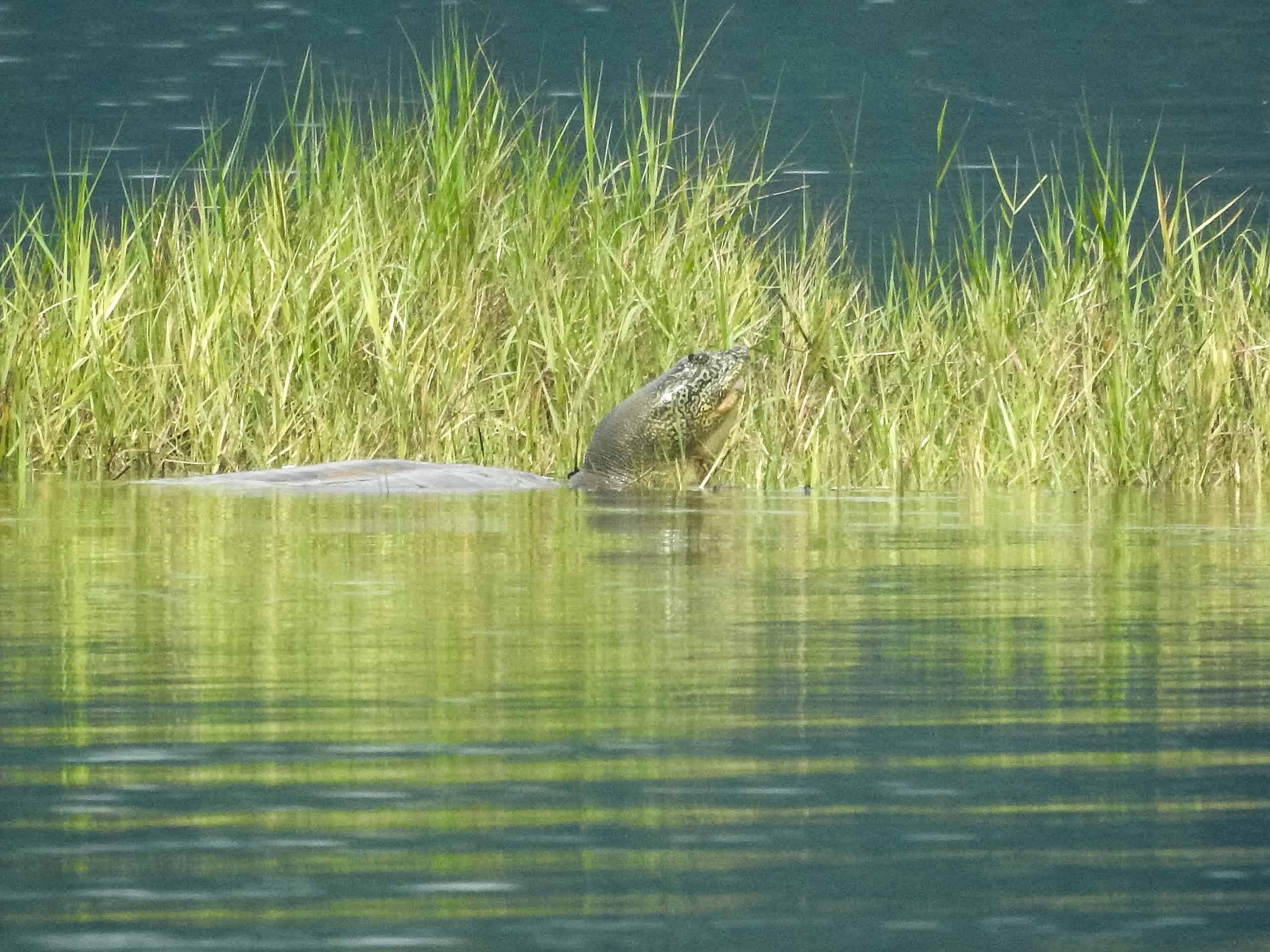Share this article
Hydroelectric Dams Take Massive Toll on Biodiversity
Hydroelectric dams bring massive consequences in terms of biodiversity loss, according to a new study tracking the results of a dam constructed in the Brazilian Amazon.
“Previous studies have shown that large dams result in severe losses in fishery revenues, increases in greenhouse gas emissions, and socioeconomic costs to local communities,” said Maíra Benchimol in a release. Benchimol is a former PhD student at the University of East Anglia and is now at the State University of de Santa Cruz, Bahia in Brazil and lead author of a study published recently in PLOS-ONE. “Our research adds evidence that forest biodiversity also pays a heavy price when large dams are built.”
The study tracked the effects of the Balbina Dam, which created one of the world’s biggest hydroelectric reservoirs upon its completion in the late 1980s, on Amazon rainforest diversity — in particular on the more than 3,500 islands created when the dam was flooded the researchers looked at different vertebrate species on 37 of the islands over two years of studying and compared them to three continuous forest areas neighboring the region. The team also used satellite imagery to track the effects of the dams on the region’s plant life.
In particular, the research revealed the loss of many large vertebrates like gamebirds, mammals and tortoises from most of the islands studied. The size of the islands created was the most important factor for survival of vertebrates, and the team found that only 25 of the 3,546 islands are likely to play host to at least 80 percent of the 35 species focused on for this study.
“We found that only a few islands larger than 475 hectares still contained a diverse community of animal and bird species, which corresponds to only 0.7 per cent of all islands in the reservoir,” Benchimol said. “Different wildlife species respond differently depending on their lifestyles. Those that need small home ranges coped better with forest habitat loss caused by the dam. Nevertheless, the future demographic and genetic viability of small isolated populations in areas affected by major dams seems bleak, as few species are able to maintain gene flow by swimming long distances to reach other islands.”
Carlos Peres, the study’s senior author from UEA’s School of Environmental Sciences, said in a release that the Brazilian government is planning to build hundreds more dams in biodiverse tropical regions. “We’re only beginning to realize the staggering extent of extinctions in forest areas that remain above water as habitat islands.”
“We’re shedding new light into the devastating impacts of large infrastructure projects on tropical forest biodiversity, which should be considered in any Environmental Impact Assessments of new hydroelectric dams.”
Header Image:
Widely hailed as “green” sources of renewable energy, hydroelectric dams have been built worldwide at an unprecedented scale. But new research looking at the Balbina Lake reservoir created by the Balbina Dam in the central Amazon region of Brazil reveals that these major infrastructure projects result in a loss of mammals, birds and tortoises from the vast majority of islands formed by the creation of the Balbina Lake.
Image Credit: Eduardo M. Venticinque








